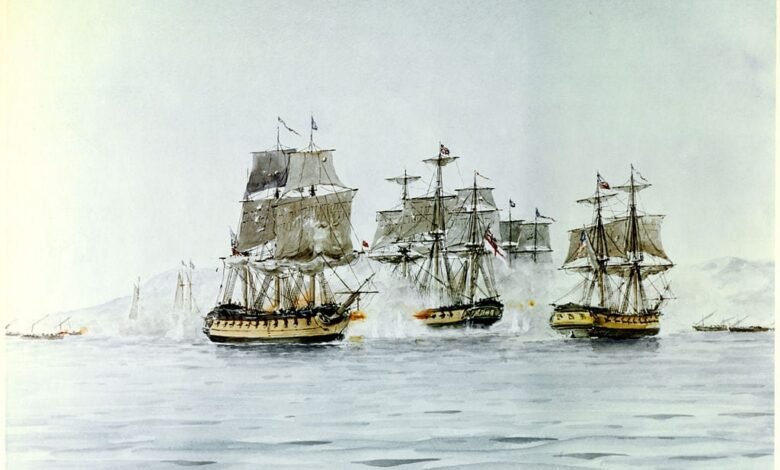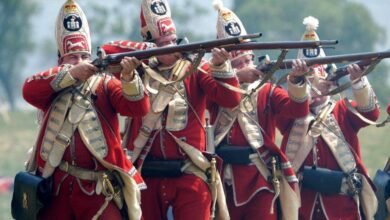A Teenager’s War of 1812 at Sackets Harbor, Plattsburgh & Greenbush


 The Sackets Harbor Battlefield State Historic Site’s digital archive holds over 11,000 names of military personnel who served at, or passed through, Sackets Harbor during the War of 1812.
The Sackets Harbor Battlefield State Historic Site’s digital archive holds over 11,000 names of military personnel who served at, or passed through, Sackets Harbor during the War of 1812.
Sackets Harbor became a strategic location in 1808 when the military arrived to enforce the Embargo Act of 1807. With the outbreak of the War of 1812, the harbor became the US military headquarters for the northern frontier on Lakes Ontario and Erie.
On July 19, 1812 a 32-pounder cannon volunteer crew repelled a Canadian Provincial Marines attack from Black River Bay, but the more significant engagement took place May 29, 1813.
The digital archive project, started by site staff member Deb Spry before she retired, is now continued by Nicole Cronk in the site’s off-season. Gathering veteran’s names from Internet sources is tedious but manageable.

 Nicole recently found the record of the son of a Frankfort, Herkimer County, NY farmer, 15-year-old Aaron Fitzgerald, captured by the British on May 28, 1813, one day before the Second Battle of Sackets Harbor.
Nicole recently found the record of the son of a Frankfort, Herkimer County, NY farmer, 15-year-old Aaron Fitzgerald, captured by the British on May 28, 1813, one day before the Second Battle of Sackets Harbor.
Young teenager Aaron was among the 142 men headed to the harbor in small gunboats from Oswego, NY to reinforce the garrison but were intercepted off Stony Point near Henderson Harbor, by British and Canadian forces and their Allies sailing from Kingston Upper Canada for an invasion of the military center.
Nicole’s on-line discovery is confirmed by a paper document in the historic site’s file cabinet, large format photocopies of the “General Entry Book of American Prisoners of War, Quebec” from Library and Archives of Canada:
#109 Private Aaron Fitzgerald, taken on shore, age 15, height 4 foot 3 inches, stout, with a “round brown” facial appearance, brown hair, grey eyes.
After almost a year as a POW, Fitzgerald was fortunately exchanged for a British prisoner at Chazy, in Clinton County near Plattsburg on Lake Champlain.
(This may have occurred at or near “Camp Saranac,” also known as Zebulon Pike’s Cantonment, which had been established in the winter of 1812-1813 and destroyed by British troops in the summer of 1813.)

 Fitzgerald didn’t give up the fight, however. His pension records state a cannonball wounded his left shoulder at the Battle of Plattsburgh in September 1814 while serving on the brig USS Eagle as a “powder monkey.”
Fitzgerald didn’t give up the fight, however. His pension records state a cannonball wounded his left shoulder at the Battle of Plattsburgh in September 1814 while serving on the brig USS Eagle as a “powder monkey.”
The following year he was discharged at the Greenbush Cantonment near Albany (in what is now East Greenbush, Rensselaer County).
Fitzgerald rejoined the Navy after the war, serving in the 1830s as a Captain in the Quartermaster Corps in Florida, and also spending time in Delaware, Pennsylvania, and Washington, DC.
He married Euphemia Carman on December 1, 1836, and began receiving a military pension for his War of 1812 service in 1838. Aaron Fitzgerald died in 1851 at Alexandria, Virginia.
Illustrations, from above: US Navy base at Sackets Harbor, NY, 1814; Aaron Fitzgerald War of 1812 records; Aaron Fitzgerald’s War of 1812 records; and Saratoga (left) and Eagle (right) engaging Confiance at Battle of Plattsburgh.
Source link





